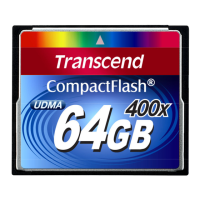
Do you have a question about the Transcend CompactFlash 400X and is the answer not in the manual?
Details the primary features and capabilities of the 400X CompactFlash Card, highlighting performance and user benefits.
Provides a detailed description of the product's purpose and target audience, focusing on photographers.
Illustrates the physical placement of the CompactFlash card within a device.
Specifies the physical measurements of the CompactFlash card in millimeters and inches.
Details the interface standards, drivers, and compatibility information for the card.
Covers the form factor and storage capacities of the CompactFlash card.
Outlines the operating and storage temperature and humidity requirements.
Provides power consumption data for different operational states (standby, read, write).
Lists the read and write transfer rates (MB/s) for the product models.
Details the actual capacity figures in terms of User LBA, Cylinders, Heads, and Sectors.
Details pin assignments and types for PC Card Memory Mode operations.
Details pin assignments and types for PC Card I/O Mode operations.
Details pin assignments and types for True IDE Mode operations.
Specifies input leakage current parameters and their conditions.
Defines voltage thresholds and resistance parameters for input signals.
Describes the different types of output drive characteristics available.
Defines the absolute maximum voltage and current ratings for device operation.
Details DC electrical parameters, including voltage levels and resistances.
Specifies input voltage thresholds and parameters for UDMA modes greater than 4.
Details output voltage levels and current sinking/sourcing for UDMA modes > 4.
Outlines host configuration requirements for faster timing modes like PCMCIA I/O and Memory.
Specifies typical values for series termination resistors for Ultra DMA operation.
Defines printed circuit board trace length requirements for Ultra DMA.
Specifies cabling requirements for Ultra DMA mode, including crosstalk suppression.
Describes cards that support multiple functions and register decoding.
Defines I/O transfer functions for PCMCIA modes, including 8-bit and 16-bit accesses.
Provides an overview of the metaformat's purpose: describing requirements and capabilities.
Describes the Data, Error, and Feature registers, including their addresses and functions.
Details the Sector Count and Sector Number registers for data access.
Covers Cylinder Low, Cylinder High, and Drive/Head registers for addressing.
Details words related to drive geometry, sectors, and card capabilities.
Covers serial number, firmware revision, and model number information.
Describes PIO modes, translation parameters, and timing details.
Indicates support for various Advanced True IDE PIO modes.
Indicates support for various Advanced True IDE Multiword DMA modes.
Details maximum supported PCMCIA I/O timing modes.
Details maximum supported Memory timing modes.
Lists supported PC Card I/O UDMA timing modes.
Lists supported PC Card Memory UDMA timing modes.
Indicates the currently selected PC Card UDMA timing mode.
Puts the card into Idle mode, clears BSY, and generates an interrupt.
Puts the card into Idle mode immediately, clears BSY, and generates an interrupt.
Sets sectors per track and heads per cylinder.
Reads the current contents of the card's sector buffer.
Performs DMA data transfer for reading sectors.
Reads sectors with additional error correction bytes.
Reads multiple sectors in a single operation.
Reads one or more sectors from the card.
Reads sectors and verifies the written data.
Selects transfer type and DMA/PIO mode.
Puts the card into sleep mode.
Puts the card into standby mode.
Puts the card into standby mode immediately.
Translates sector information for LBA addressing.
Manages wear leveling for flash memory.
Writes data to the card's internal buffer.
Writes long sectors with error correction.
Writes multiple sectors in a single operation.
Writes multiple sectors without erasing them first.
Writes sectors to the card.
Writes sectors without erasing them first.
Writes sectors and verifies the written data.
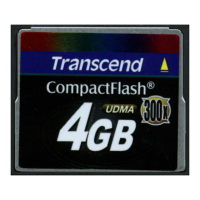

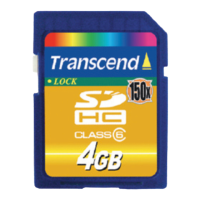
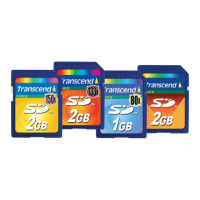
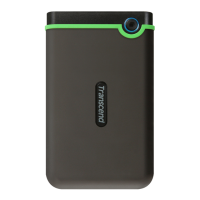
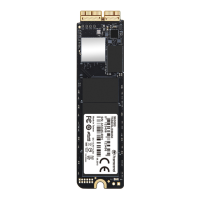


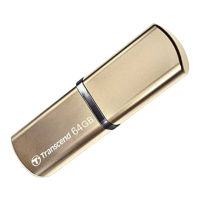
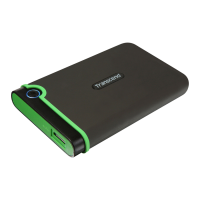
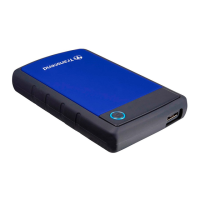
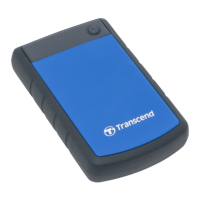
